|
Chattanooga, a Virtual Tour |
||
 |
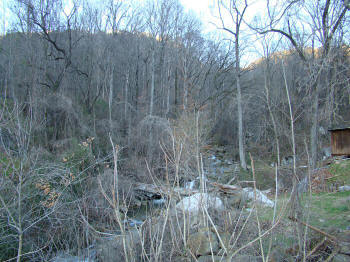 |
|
|
(January 2012)
Enlarge Haley's Trace. Private
property off Suck Creek Road |
(January 2012) Enlarge Shoal Creek from Suck Creek Road at bottom of Signal Mountain |
|
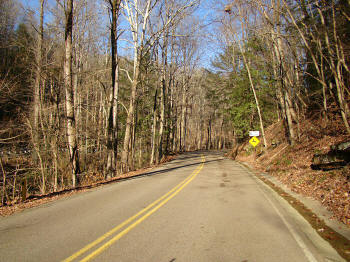 |
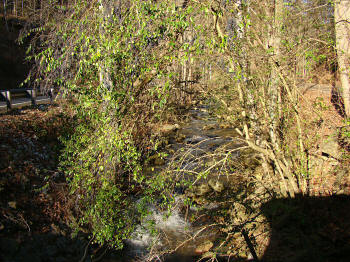 |
|
|
(January 2012) Enlarge Shoal Creek Road near top of Signal Mountain. Wartime route built by Union army during siege of Chattanooga to haul supplies over Walden's Ridge (Signal Mountain) after Confederates effectively closed Haley's Trace |
(January 2012) Enlarge Top of Signal Mountain. Shoal Creek and wartime route described in previous narrative |
|
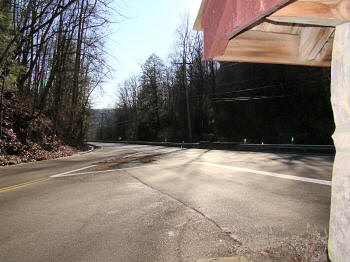 |
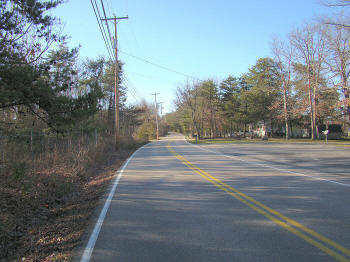 |
|
|
(January 2012) Enlarge Highway 127 from Shoal Creek Road. At this point Shoal Creek (parallel to high-line in background) starts it's drop from Signal Mountain. Military or Federal Road ended here |
(January 2012) Enlarge Anderson Pike was built in 1852 connecting the Sequatchie Valley to the newly constructed Western and Atlantic Railroad in Georgia. During the Civil War, in October 1863, Confederate Major General Joseph Wheeler led a cavalry raid against a Union supply train on Anderson Pike that was attempting to relieve besieged Federal troops at Chattanooga. Wheeler burned an estimated eight hundred to one thousand wagons and captured livestock |